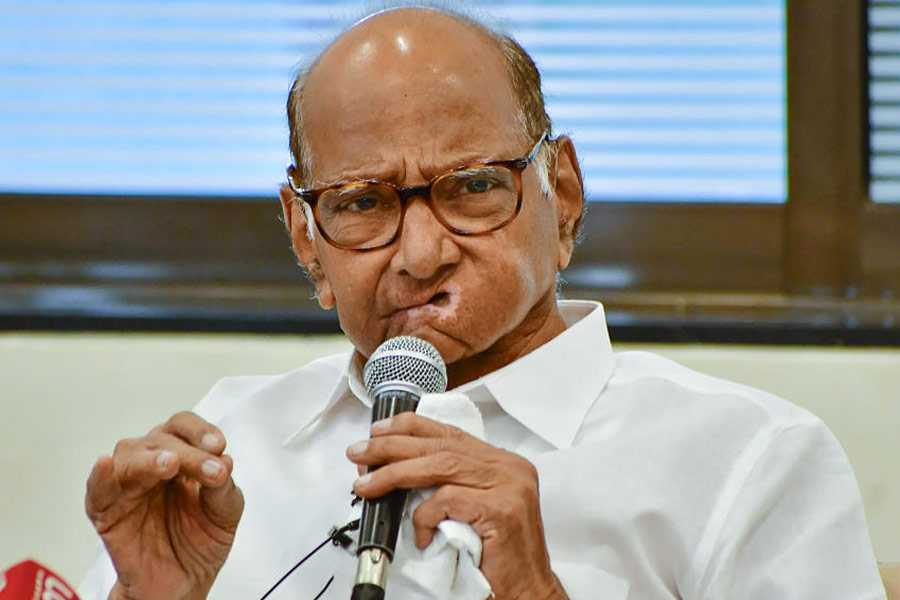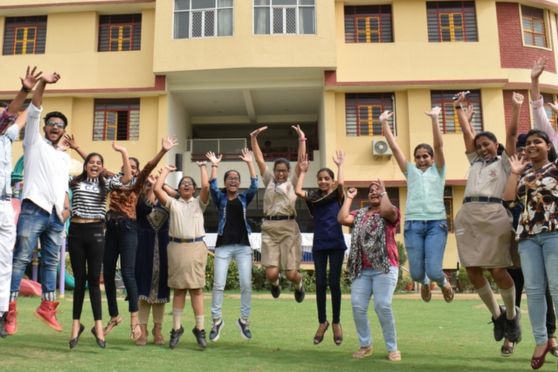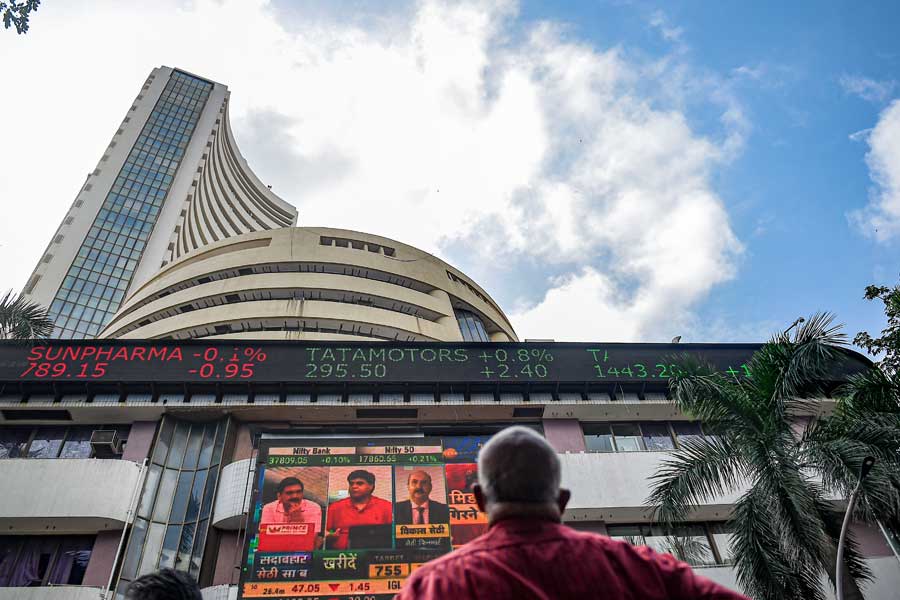The concern expressed by a bench of the Supreme Court headed by the Chief Justice of India about the communal content disseminated by some media outlets deserves a thorough introspection. The apex court bench was equally scathing about the absence of regulations for social media outlets which, the bench rightly pointed out, collude with the powers that be and serve as the fount for a divisive, toxic agenda. India, a secular republic, is given a bad name by these institutions. The context for the Supreme Court’s indignation must also be made clear. The wise judges were responding to a petition by the Jamiat Ulama-i-Hind that is seeking an injunction against mischievous segments of the fourth estate that had attributed the spread of the coronavirus pandemic to a religious function organized by the Tablighi Jamaat last year. A shrill, complicit media — sizeable sections of it — had joined the chorus to denounce, indeed demonize, India’s largest minority community. The medieval witch-hunt at the time of a public health crisis was both unprecedented and morally untenable.
The points raised by the Supreme Court need to be taken further for examination. Unregulated social media platforms can, indeed, be a menace. Worryingly, in response, the Centre seems to be willing to tar every digital entity with its brush of intimidation — the Information Technology (Intermediary Guidelines and Digital Media Ethics Code) Rules, 2021 have been accused of infringing on media freedom. Moreover, regulation may not serve as an effective deterrent on every occasion. Several television channels — they are supposedly better regulated than entities on social media — were part of this chilling campaign of vilification against Muslims. The problem — crisis — therefore is deeper. It indicates the communalization of the wider ambience in which society and media function. The State is, undoubtedly, the source of the contamination. Tragically, an overwhelming number of media outlets in every conceivable form — television, print, digital — have capitulated to the State’s encroachment. The motives could be pecuniary or ideological, or both. The Supreme Court’s anguish must be complemented by a national conversation on leeching the poison from the body politic of the nation. This enterprise must be truly public in character, encompassing the media, the State and, most importantly, citizens. The collective cleansing — healing — is the need of the hour.










